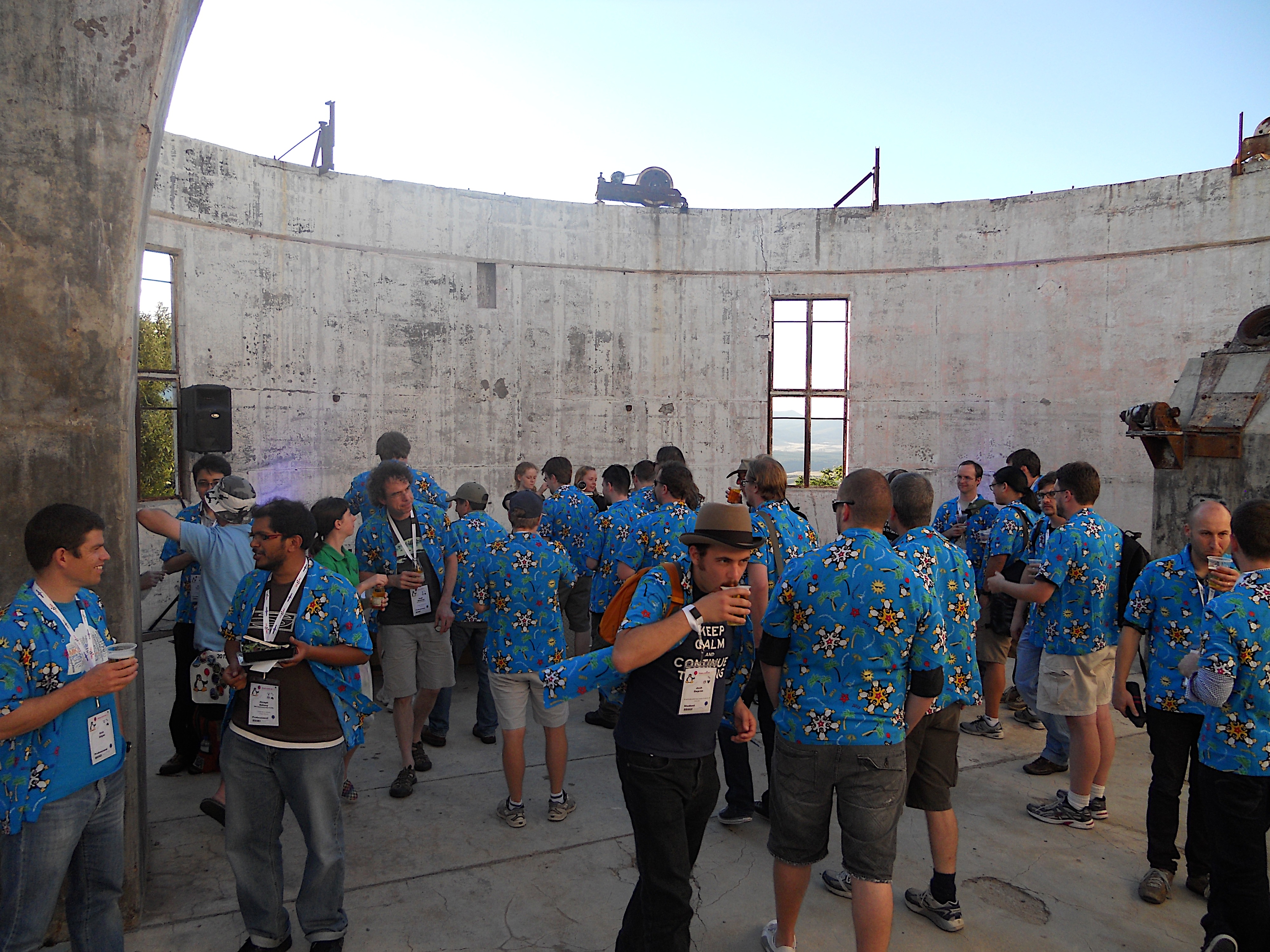Last week I attended the annual international SHRM Conference in beautiful Chicago. The keynote speakers were an amazing lineup including Fareed
Zakaria, Hillary Rodham Clinton, Blake Mycoskie of Tom’s Shoes, Daniel Pink and Gabby Gifford. I was on some kind of adrenaline, information high, thinking of all the new ideas and tools I could bring to my clients and then it hit me: How much of this is actually going to stick? Here I’ve spent all this money and time on this conference, and learned really great stuff but when I go back to Austin there will be emails from clients and emergencies that arise and employees on vacation. Is this all just going to dissipate like the afterglow from a trip to the beach? And then it hit me: That’s what happens with training.
How many organizations and managers—the ones that commit to training which certainly isn’t most—bring their employees back in the office and do absolutely nothing to support the training they’ve forked out big bucks for? Then they complain that they’ve seen no results for their investment. Well of course! If you’re going to actually learn and incorporate new skills and methodologies and ideas, you have to actually weave them into the way you operate. And then you have to practice them. A lot.
But the only way that employees can do that is if the business owner or CEO or ED of the organization, as well as the managers and supervisors, have a structure for supporting those changes. You need to:
- Give employees the time, 15 minutes a day or an hour a week to incorporate new skills
- Make it a requirement, hey remember performance metrics?
- Follow up and make sure it’s happening
I remember when I was first working in the corporate environment. I picked up Word quickly but Excel was difficult for me. So I got training on Excel. I learned all kinds of cool things I could do with the little buttons and tabs. Then I went back to the office and didn’t create an Excel spreadsheet for two weeks. When I had to create one, I couldn’t remember anything I learned in class.
Changing habits is hard. That’s why there are accountability and coaching groups for everything from exercise to organization. It requires daily attention and a newly trained employee with great ideas and insights can’t deploy them in a vacuum. If an organization doesn’t grow, it will stagnate and die and training is a great way to grow. But when an employee has three hours of training, it will take time to incorporate it and make it a real, functioning part of the business or non-profit.
Personally, I’m going to make a structure to make sure that I and my associates practice the things I learned so we can provide an even better level of service. I think Cy Wakeman would be pleased.




